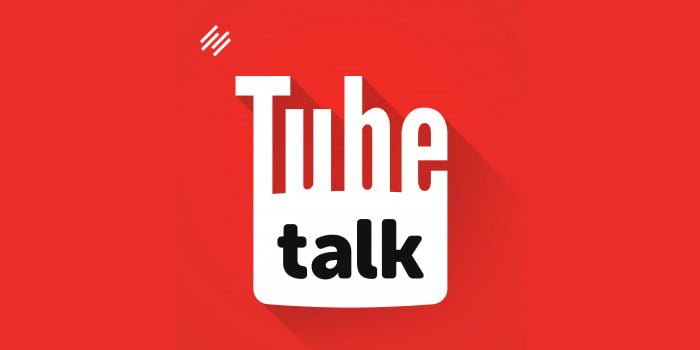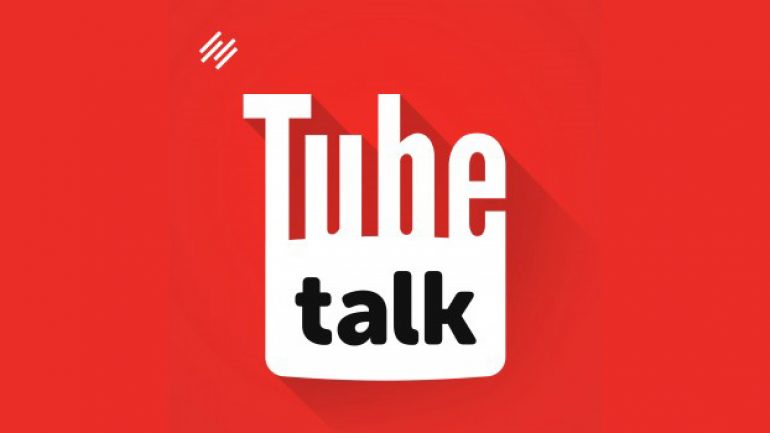Last updated on June 15th, 2024

Which analytics should you look at to make your YouTube videos more valuable? Which analytics will tell you if you’re engaging your audience well enough?
HOSTS:
- Dane Golden: VidAction.tv | LinkedIn
- Tim Schmoyer: VideoCreators
- Matt Ballek: VidiSEO
Tip #1: Use YouTube Analytics to Measure Performance
Tim Schmoyer says everyone thinks their videos are valuable, and everyone wants them to be awesome. But your audience doesn’t lie, so the best way to find out what they actually think about them, rather than just looking at the comment section, is looking at audience retention. It will give you a graph that shows when people are abandoning your video, when they’re going back and watching a part again (due to that part being funny, or confusing, or not having enough detail). There’s a lot of information you can pick up by looking at your audience retention analytics.
Some common things you might see:
- First 15 Seconds:
If there’s a big drop-off in the first 15 seconds of perhaps 30-40 percent of your audience, you may want to look at the “hooks” you’re using – how are you hooking people to watch the rest of the video. Or, perhaps you have a branded intro that’s way too long, that doesn’t offer the viewer any value. - Big Spike in the Middle:
If you see a big spike of traffic in the middle, take a look at that time code to see what happens. A spike means that some percentage of people have watched it more than once. That part could be very valuable, confusing, funny, or need more explanation. - Big drop-off in the Middle:
If your traffic dips in the middle of the video, this might mean that you talked about a topic for too long. So next time, just say it once, or more briefly, and move on.
Matt Ballek is going deep into his own analytics, and has found that the more you participate on your channel, the more engagement you will get. When he’s had to do less work on his YouTube channel due to other work, his overall numbers get notably decreased.
Tip #2: Use YouTube Analytics to Measure Engagement
Dane Golden has a few stand-by ratios that he’s developed over time to rate engagement. He started running these numbers before VidIQ and Virool started doing their Chrome extensions. He wanted to see how well small channels were doing because people were coming to him and saying that their videos could do better if only they had more distribution. So he was looking for a simple, quick and way of using public data to see if a channel, if promoted, had the potential to be popular if a paid view campaign was implemented. This ratio can be used across all videos and channels using data already available on the YouTube watch page.
- Comments Per View
The first ratio is comments to views (or comments divided by views). The ratio is 0.5%, meaning one comment for each 200 views. - Likes Per View
The second ratio is likes to views, or likes divided by views. The ratio is 4%. So that’s 4 likes per 100 views. - Views Per Subscribers
Dane says that on average, each video on a channel will get organic views of about 14% of the subscriber number. So if you have 1000 subscribers, you can reasonably expect your videos to get about 140 views.
Matt Ballek’s channel has had a period of hibernation, and he says the more you tend to your channel, the more it grows. And the less you tend to it, the worse it does. Tim Schmoyer responds to almost every comment on his channel, and his rate of comments to views is well over 0.5%. But he says success metrics are subjective according to whatever your goals are. He views the videos as a conversation starter. The point of his videos are to have a dialog with people, and so the comments are a really important part of that. He loves community and he loves helping people, that’s why he’s doing it.
Dane emphasized that Tim called the video is a “conversation starter.” Some brands upload a video and think that’s the end of the process. In fact it’s the beginning of the process. If brands upload a photo to Facebook, a moderator will then engage in the comments. But on YouTube, some brands apparently think that fans comments are none of their business, which is just the opposite. Tim actually carries on the conversation by looking to what commenters say to create his next videos, carrying on the conversation perpetually. Dane said that people will tell brands what they want to hear, and they will tell you in the comments.

